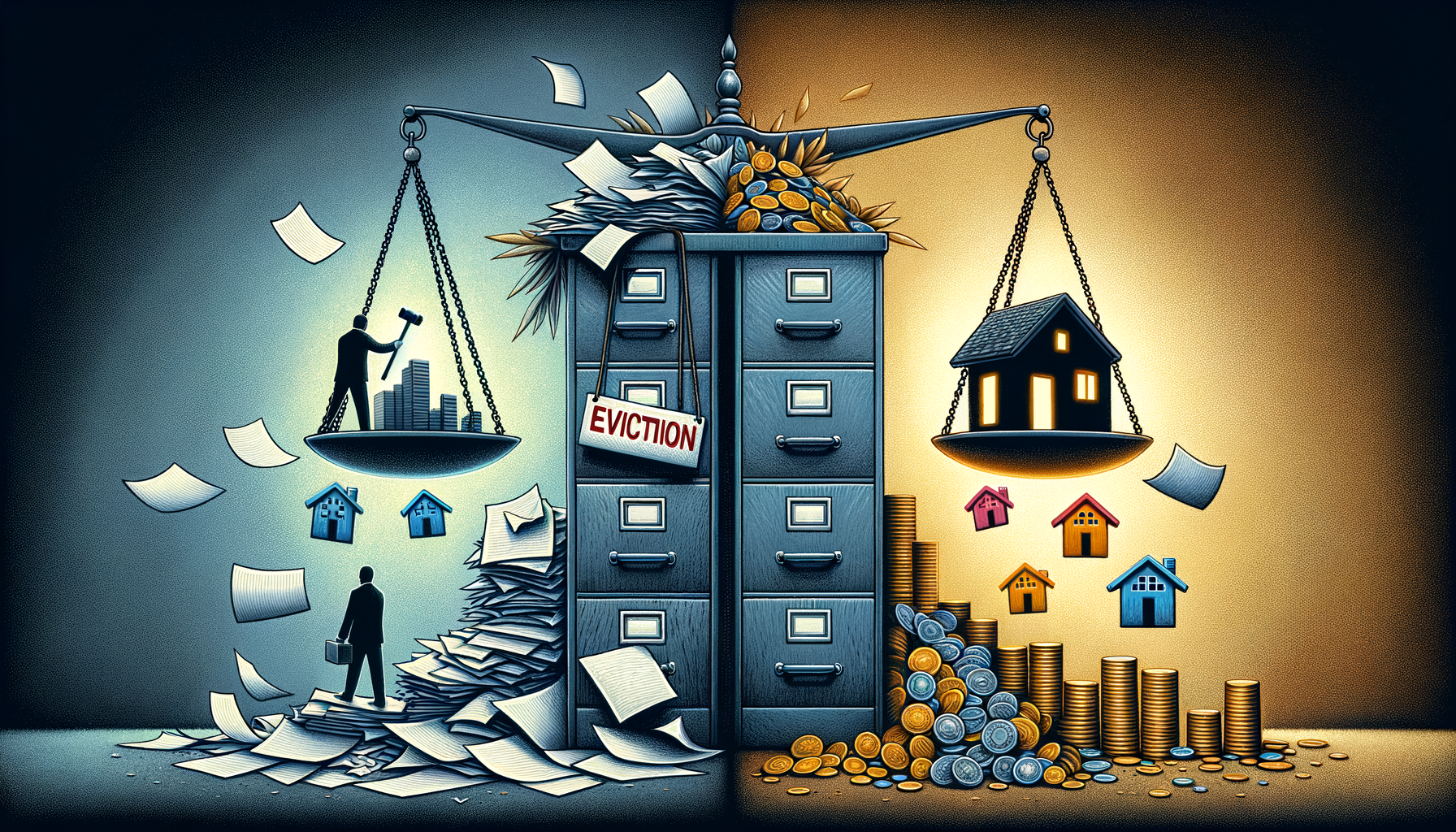“Unveiling the Contrast: Housing Credit Data in Q4 – A Departure from 2008 Trends”

The financial landscape of 2021 presents an entirely different outlook in comparison to the economic collapse of 2008. Particularly, when it comes to the housing credit market, the latest trends contrast significantly from the unfortunate events wreaking havoc more than a decade ago. Analyzing the fourth quarter data from 2020, it becomes crystal clear that the market dynamics in the housing industry are currently safer and less volatile, setting a promising stage for the upcoming year.
A Balanced Scenario in the Housing Credit Market
Unlike 2008, the housing credit sector is currently demonstrating a robust and well-buffered financial scenario. Back then, the main culprits contributing to the collapse were poor credit scores, high default ratios, and a lack of industry regulations. They ignited a surge of foreclosures and defaults across the country, shaking the very core of the American economy. Fast forward to the contemporary times, and we find a stable industry, exhibiting impressive control over lending practices, improved regulations, and more responsible borrowers, all contributing to a balanced housing credit market.
Key Indicators Reflecting Market Resilience
Several factors affect the housing credit market dynamics, and when we take a closer look, it’s evident that these elements are currently in a much healthier state.
Credit Scores: Perhaps the most critical aspect when it comes to lending, maintaining high credit standards is key to a stable credit market. In the last quarter of 2020, borrowers needing mortgage loans had an average FICO score of 786, a stark contrast to 2008’s 708 average. This jump in statistics shows that people are maintaining better financial health and credit repayments, which directly contributes to fewer defaults and foreclosures.
Loan-to-Value (LTV) ratios: LTV ratios also show an encouraging trend. The average LTV ratio of newly originated loans in the U.S was 85% in 2008, reflecting high-risk lending practices. On the contrary, in Q4 2020, this value dropped to 76%. When you consider the risks, a lower LTV ratio indeed paints a better picture, indicating more equity accumulation by homeowners and less debt.
Debt-to-Income (DTI) ratios: The average DTI ratio for mortgage borrowers was approximately 38% in 2008. For Q4 2020, it reduced to 35.8%. A lower DTI ratio means borrowers have a better handle on their income and can manage mortgage repayments more comfortably. This also helps lenders, offering some level of assurance about the borrower’s repayment capabilities.
Foreclosure rates: Another encouraging point is the noticeable drop in foreclosure rates. During the 2008 financial crisis, bankers and lenders were dealing with high foreclosure numbers. The situation is dramatically different now, with foreclosure numbers hitting historic lows.
Industry Regulations and Lender Confidence
The tightening of government regulations has played a significant role in maintaining industry performance. Today’s strict lending standards and federal oversight drive better lending practices, encouraging a healthy market. These improved standards have significantly eliminated subprime mortgages, resulting in fewer risky loans.
Enhanced lender confidence is another positive signal. As lenders feel more secure and confident, they are now offering mortgages to a wider range of borrowers compared to a decade ago. Besides, we are seeing more lenders venturing into nontraditional lending options, including non-QM loans, similar to what was observed in prepandemic times.
Effects of the Pandemic
Contrary to what some might assume, the effects of the pandemic on the housing credit market have been relatively less damaging. Stimulus packages, forbearance options, and low-interest rates have all played a role in keeping the market afloat.
Thanks to these measures, homeowners have been able to manage their ongoing mortgage payments, thus avoiding defaults and foreclosures. This situation directly contributes to the strong credit market and leads to responsible lending and borrowing habits in the industry.
Looking Forward
Although we are in the middle of an unprecedented global health crisis, the housing credit market has shown great resilience. Throughout the numerous ups and downs in 2020, there was an evident and commendable effort from lenders, regulators, and borrowers to navigate the difficult times more responsibly.
Reflecting on past experiences, the industry has adopted better lending standards, strict regulations, and responsible borrowing trends. As a result, the housing credit market has matured and become far more robust, effectively eliminating the chances of a repetition of the 2008 scenarios.
As we step into another year, let’s be hopeful about a brighter future for the American housing market. Continued economic measures paired with responsible borrowing and lending habits will hopefully drive this hope into a reality. However, it is crucial to keep an eye on key indicators that reflect market health. Regular monitoring and reasonable adjustments will ensure the stability of the housing credit industry in the face of any adversity. At the same time, government regulations should continue to evolve, meeting changing industry requirements, and providing adequate support for the housing industry.
In conclusion, the associated dynamics and contributing factors demonstrate a robust housing credit industry for the foreseeable future. The lessons learned from the 2008 financial crisis have undoubtedly left a lasting impact, reshaping industry practices. This unmistakably indicates that the current state of the housing credit market, thankfully, looks nothing like that of 2008.
